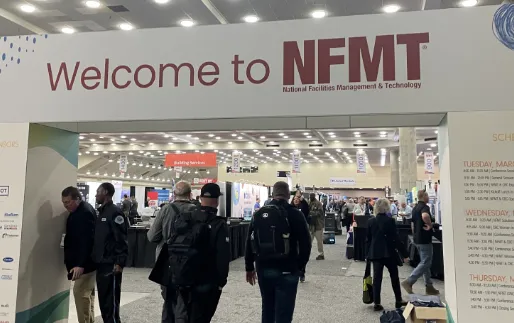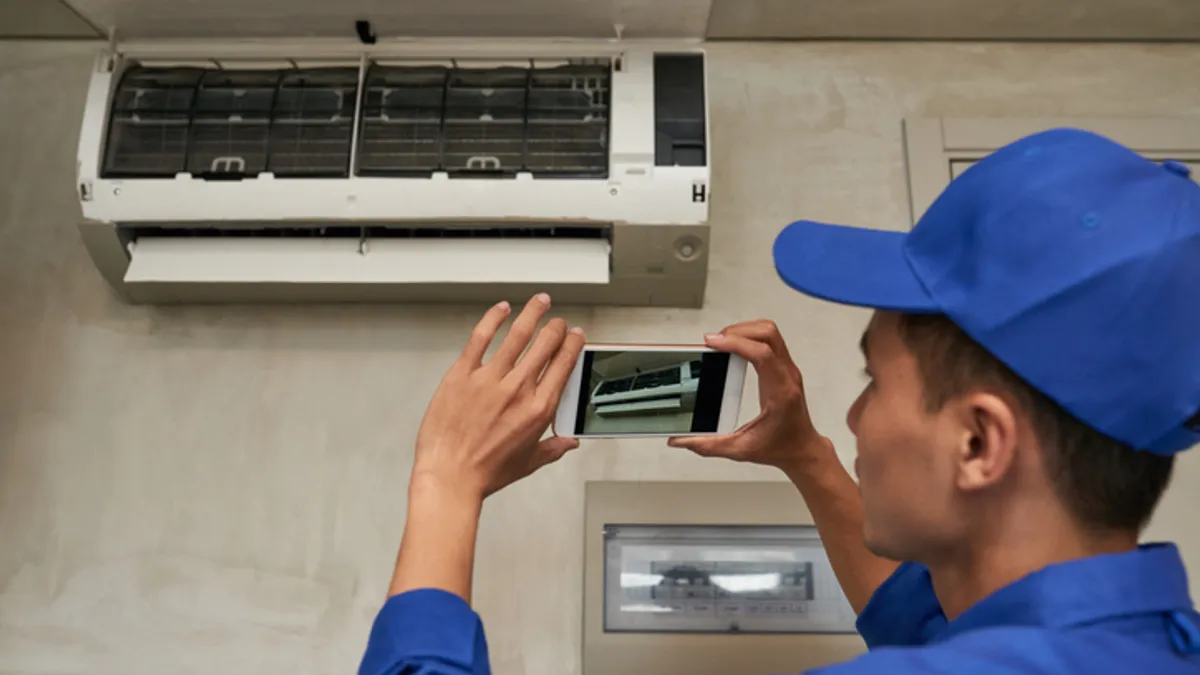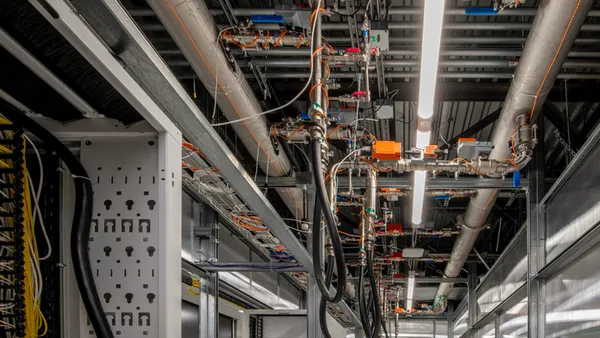BALTIMORE – Having technicians use their phones to take pictures of equipment repairs and share notes about what they’re working on can be a critical piece of emergency readiness, David Trask, national director at ARC Facilities, told facilities managers here Wednesday at NFMT 2025.
Emergency preparedness begins with assessing your equipment and creating a response plan, among other things. But even in the absence of these steps, having all your technicians using phones or tablets to share what they’re doing and what they find when they’re in the field can make the difference when speed matters, Trask said.
“When you take a picture, it’s available to everyone else,” he said.
The facilities team at a California school faced a recent weekend emergency and the technician who was on call needed only a few minutes to direct fire fighters to the shutoff switch even though she had only been on the job a few weeks, Trask said. That’s because she had a map of the facility and all of the shutoff information she needed on her phone.

“She could tell the fire department where the electrical panel was and which switches to shut off so they could use water on the roof,” he said.
Because of the quick action, rather than lose a large part of the building to fire damage, the school only needed to take part of a classroom out of service for cleaning, he said.
Costs mount quickly in emergencies because it’s not just about repairing or replacing damaged equipment and material but the loss of the economic value of the space, he said. If an operating room goes out of service, the hospital can lose millions of dollars a day while surgeries are rescheduled. “It also impacts the patients,” he said.
A tech company that takes a specialized facility offline faces losses that can be millions of dollars an hour, he said.
In a recent incident that involved a break-in at a school, he said, the facilities manager was able to guide law enforcement through the building even though he was off-site, by sending them the site map with his phone. “That’s proactive emergency preparedness,” he said. “Can you provide that?”
In the past, and even at many facilities today, much of the institutional knowledge about the state of equipment is locked inside the heads of the technicians, he said. They’ve devised their own way of keeping track of where equipment is and when and how it’s been repaired over the years. When they leave, or if they’re not available during an emergency, others have to respond without the benefit of that information. “Having notes in your pocket doesn't help the other person,” he said.
Trask recommends managers require their team members record everything they do. That way, when a technician gets an alert to a problem, he said, “they can find all the information they need before they climb up that ladder.”














